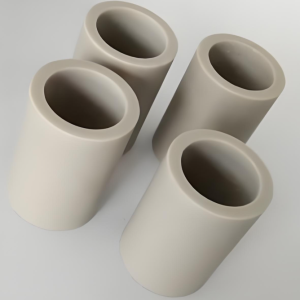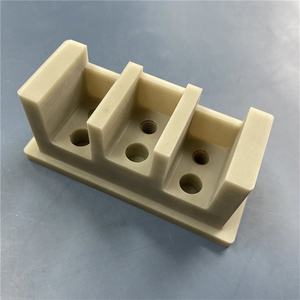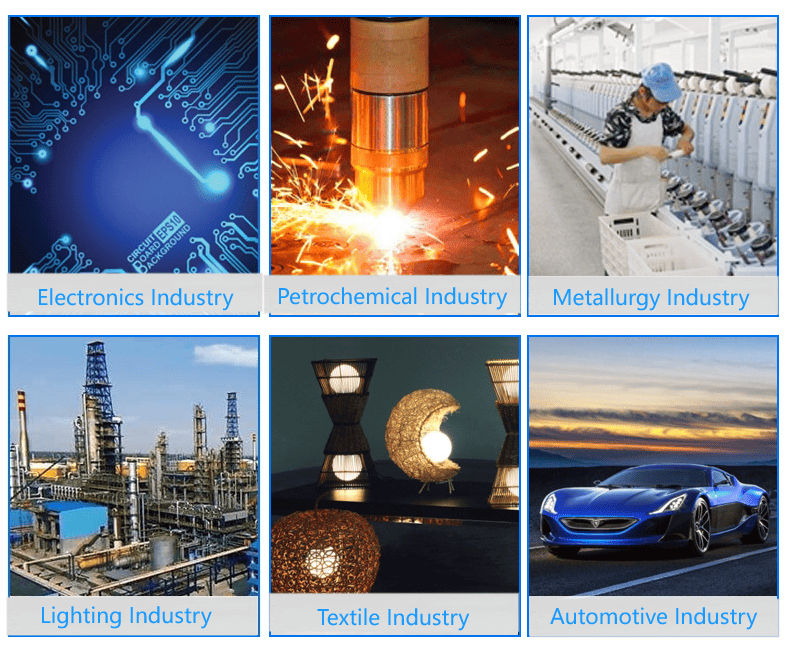Discover Premium Ceramic Products | Durability & Elegance United | Advanced Ceramics
PRODUCT PARAMETERS
Description
Overview of aluminum nitride ceramics
Aluminum Nitride Ceramic is an advanced ceramic material with aluminum nitride as the main component. It has been widely used in electronics, optics, and mechanics due to its unique properties.
Features of aluminum nitride ceramics
High thermal conductivity: Aluminum nitride ceramics have relatively high thermal conductivity, usually between 170-260 W/m·K, which makes it an excellent heat dissipation material. It is especially suitable for electronic devices that require efficient heat dissipation, such as substrate materials for power semiconductor devices.
Good electrical insulation: Despite its high thermal conductivity, aluminum nitride ceramics are excellent insulators of electricity, which can effectively prevent current leakage and ensure the safe operation of electronic components.
Low dielectric constant and dielectric loss: These characteristics make aluminum nitride ceramics very suitable for use in high-frequency circuits because it can reduce energy loss during signal transmission.
High temperature resistance: Aluminum nitride ceramics can maintain structural stability and strength at extremely high temperatures. Its melting point is about 2800°C, so it is suitable for applications in high temperature environments.
Low thermal expansion coefficient: Compared with semiconductor materials such as silicon, aluminum nitride has a lower thermal expansion coefficient, which means it has better dimensional stability when the temperature changes, which helps improve packaging reliability.
Corrosion resistance: Aluminum nitride ceramics have good chemical stability to most molten metals and are not easily oxidized or corroded, allowing them to perform well in harsh environments.
High mechanical strength: Although not as hard as some other types of ceramic materials, aluminum nitride ceramics still provide enough mechanical strength to allow them to be used in many structural applications.
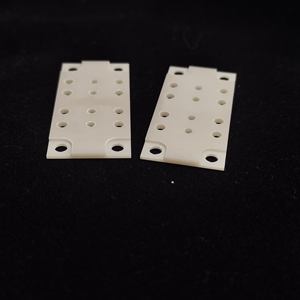
(Semiconductor Ceramic Single Crystal 170 180w High Thermal Conductivity Aln Aluminum Nitride Ceramic Substrate)
Specifications of Semiconductor Ceramic Single Crystal 170 180w High Thermal Conductivity Aln Aluminum Nitride Ceramic Substrate
Semiconductor Porcelain Solitary Crystal 170-180W High Thermal Conductivity AlN Aluminum Nitride Ceramic Substrate serves sophisticated electronics calling for effective warmth administration. The material is aluminum nitride (AlN), recognized for extraordinary thermal conductivity in between 170-180 W/m · K. This building ensures quick warm transfer from high-power parts, reducing overheating dangers. The substrate runs reliably in temperatures as much as 800 ° C, ideal for demanding settings. Its thermal development coefficient matches semiconductors like silicon, decreasing tension at product user interfaces. This compatibility protects against cracking or delamination throughout thermal cycling.
The ceramic substrate gives solid electric insulation, with a quantity resistivity going beyond 10 ^ 14 Ω · centimeters. It stops current leak in high-voltage applications. The product’s mechanical strength gets to 300-350 MPa, guaranteeing resilience under physical stress and anxiety. Surface area coating alternatives include polished or metallized layers for bonding with circuits or heat sinks. Custom-made sizes and shapes are attainable with accuracy machining.
Light weight aluminum nitride substratums work in power electronic devices, RF gadgets, and LED components. They sustain high-frequency circuits because of low signal loss. The material resists chemical corrosion, maintaining efficiency in harsh conditions. Its safe make-up fulfills ecological safety and security criteria.
Production involves sintering high-purity AlN powder under controlled conditions. This process guarantees dense, pore-free frameworks for optimal thermal and electrical efficiency. Thin-film deposition strategies use conductive layers like copper or gold for circuit combination.
Quality assurance consists of X-ray assessment and thermal conductivity testing. Each batch undertakes rigorous look for issues or variances. Personalized specifications suit unique task needs, such as specific densities or surface treatments.
The substratum’s high thermal conductivity outmatches typical materials like alumina. It enables small layouts by reducing the need for cumbersome air conditioning systems. Industries like aerospace, auto, and telecommunications count on it for high-efficiency thermal options.
Aluminum nitride ceramic substratums are compatible with thin-film and thick-film procedures. This versatility sustains varied manufacturing approaches. Stringent adherence to ISO criteria warranties integrity throughout applications.
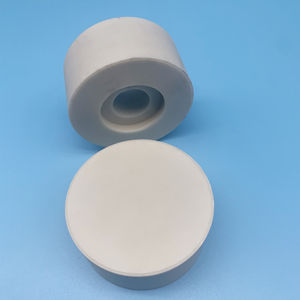
(Semiconductor Ceramic Single Crystal 170 180w High Thermal Conductivity Aln Aluminum Nitride Ceramic Substrate)
Applications of Semiconductor Ceramic Single Crystal 170 180w High Thermal Conductivity Aln Aluminum Nitride Ceramic Substrate
Semiconductor ceramic single crystal aluminum nitride (AlN) substrates with high thermal conductivity (170-180W/ m · K) are essential in sophisticated electronics. These substrates excel in handling warm for high-power gadgets. Effective heat dissipation prevents getting too hot. This guarantees secure performance popular applications.
AlN ceramic substratums are extensively utilized in LED lighting systems. High thermal conductivity allows LEDs to keep brightness. It expands their lifespan by lowering thermal stress. These substrates are optimal for portable LED styles. They support high-density light outcome without endangering reliability.
Power electronics profit substantially from AlN substrates. They are utilized in shielded gateway bipolar transistors (IGBTs) and power components. Efficient warm transfer improves power effectiveness. It decreases power loss in electrical lorries and renewable resource systems. AlN substratums manage severe temperatures in automobile and industrial settings.
Radio frequency (RF) and microwave gadgets rely upon AlN for signal honesty. Reduced electric loss and high thermal stability guarantee regular performance in 5G infrastructure and aerospace systems. The material’s compatibility with thin-film metallization procedures help in developing accurate circuit patterns.
The solitary crystal framework of AlN offers premium mechanical stamina contrasted to polycrystalline alternatives. It withstands breaking under thermal cycling. This longevity matches severe atmospheres. Producers utilize these substratums in semiconductor manufacturing equipment. They provide stable systems for wafer handling and screening.
AlN substratums are chemically inert. They endure corrosive gases and high-temperature plasmas. This makes them appropriate for semiconductor etching and deposition tools. Their electrical insulation buildings prevent short circuits. This is essential in high-voltage applications.
Light weight aluminum nitride porcelains integrate conveniently with copper and aluminum layers. This streamlines multilayer circuit layouts. The combination improves thermal monitoring in advanced computing and communication tools. AlN substrates support miniaturization patterns. They enable smaller, quicker, and more effective digital parts.
These substratums are vital in optoelectronics. They serve as bases for laser diodes and sensors. High thermal conductivity guarantees exact signal transmission. It decreases sound in delicate optical systems. AlN is additionally utilized in high-power laser systems. It dissipates warm produced throughout operation.
The need for AlN substratums grows as markets push for greater power densities. Their duty in electric vehicles, data facilities, and renewable energy systems highlights their flexibility. Engineers focus on these materials for next-generation electronics. They stabilize performance, integrity, and thermal performance.
Company Introduction
Advanced Ceramics founded on October 17, 2014, is a high-tech enterprise committed to the research and development, production, processing, sales and technical services of ceramic relative materials and products.. Since its establishment in 2014, the company has been committed to providing customers with the best products and services, and has become a leader in the industry through continuous technological innovation and strict quality management.
Our products includes but not limited to Silicon carbide ceramic products, Boron Carbide Ceramic Products, Boron Nitride Ceramic Products, Silicon Carbide Ceramic Products, Silicon Nitride Ceramic Products, Zirconium Dioxide Ceramic Products, Quartz Products, etc. Please feel free to contact us.(nanotrun@yahoo.com)
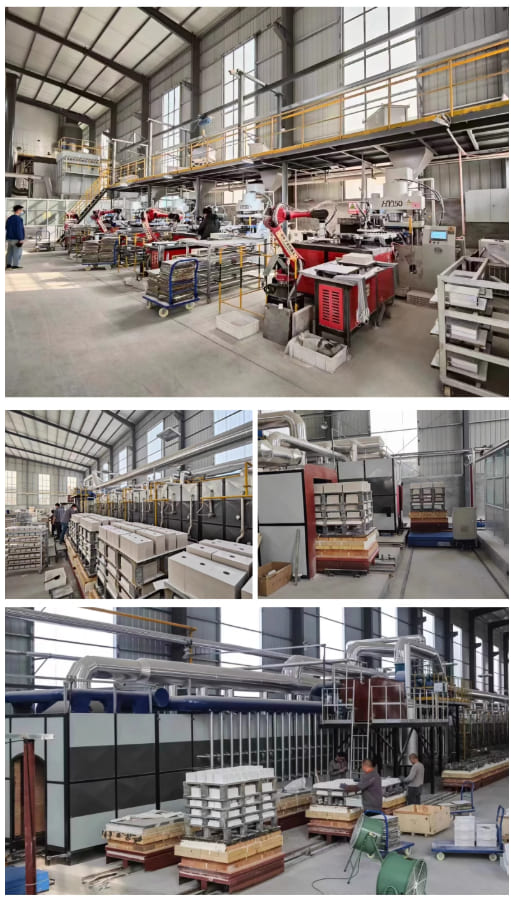
Payment Methods
T/T, Western Union, Paypal, Credit Card etc.
Shipment Methods
By air, by sea, by express, as customers request.
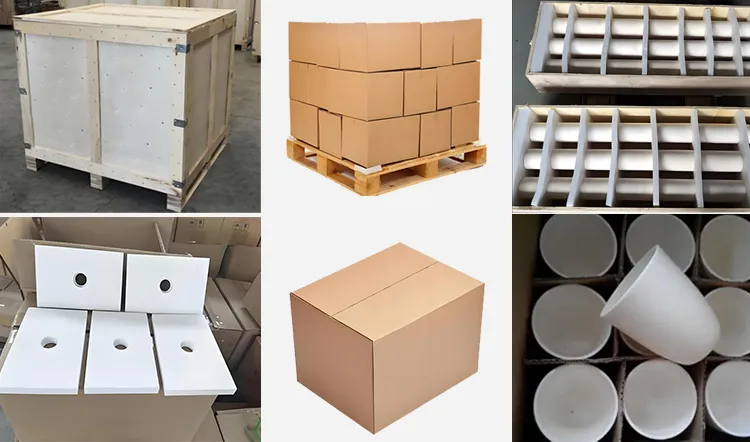
5 FAQs of Semiconductor Ceramic Single Crystal 170 180w High Thermal Conductivity Aln Aluminum Nitride Ceramic Substrate
Semiconductor ceramic single crystal 170–180W high thermal conductivity AlN aluminum nitride ceramic substrates handle heat efficiently in advanced electronics. Below are answers to common questions.
What makes aluminum nitride ceramic substrates different from other materials? These substrates have high thermal conductivity—170–180W/m·K. This is much better than alumina ceramics. They move heat away fast from electronic parts. This stops overheating.
Where are these substrates used? They work in power electronics, LED lighting, automotive systems, and aerospace tech. High thermal conductivity helps in circuits, laser diodes, and semiconductor modules. They fit devices needing strong heat management.
Can these substrates handle high temperatures? Yes. They resist extreme heat and thermal shock. They stay stable up to 1,400°C in air. They work in tough conditions without cracking or losing performance.
Are there special steps for installing these substrates? Avoid moisture and contamination during handling. Store them dry before use. Clean surfaces with solvents like isopropyl alcohol. Use gloves to prevent oil or dirt buildup. Follow proper soldering or bonding methods to avoid stress.
Do these substrates come in custom sizes? Yes. Manufacturers offer custom shapes, thicknesses, and surface finishes. This lets them fit specific device designs. Tell the supplier your needs for exact dimensions or coatings.
High thermal conductivity AlN ceramic substrates improve heat control in modern electronics. They last longer and boost performance in high-power systems.
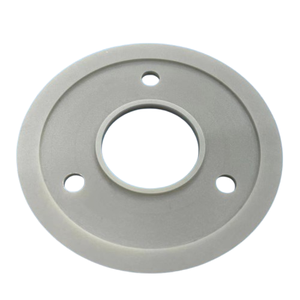
(Semiconductor Ceramic Single Crystal 170 180w High Thermal Conductivity Aln Aluminum Nitride Ceramic Substrate)
REQUEST A QUOTE
RELATED PRODUCTS
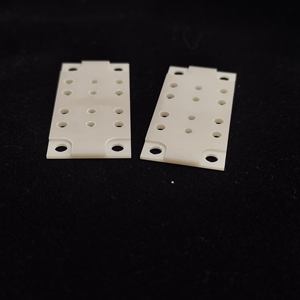
180W/m.K High Thermal Conductivity High temperature and High humidity Aluminum nitride aln Ceramic Heat Sink Sheet
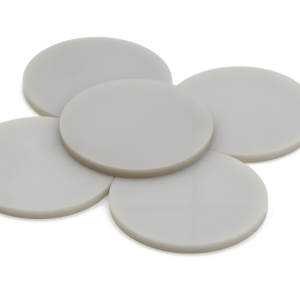
Manufacturing AIN Aluminum Nitride Ceramic Discs Aluminum Nitride Disk
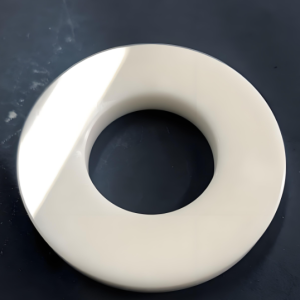
High Thermal Conductivity AlN Aluminum Nitride Ceramic Rings
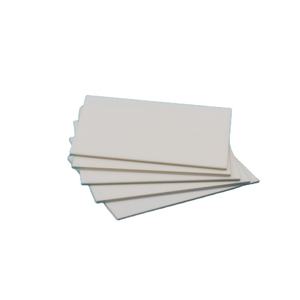
AlN Aluminum Nitride Ceramic Plate
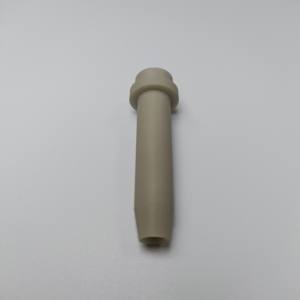
High Thermal Conductivity / Aluminum Nitride / AlN Ceramic Substrate/ Plate / Block
